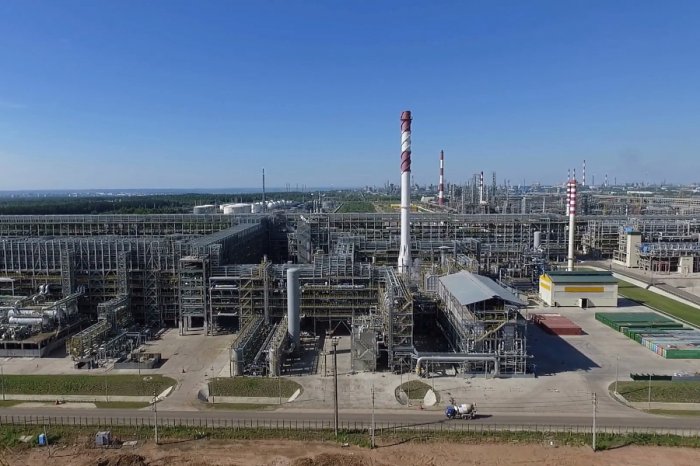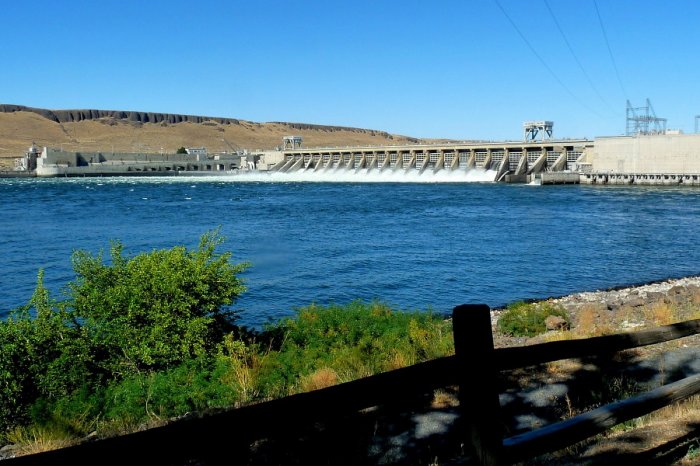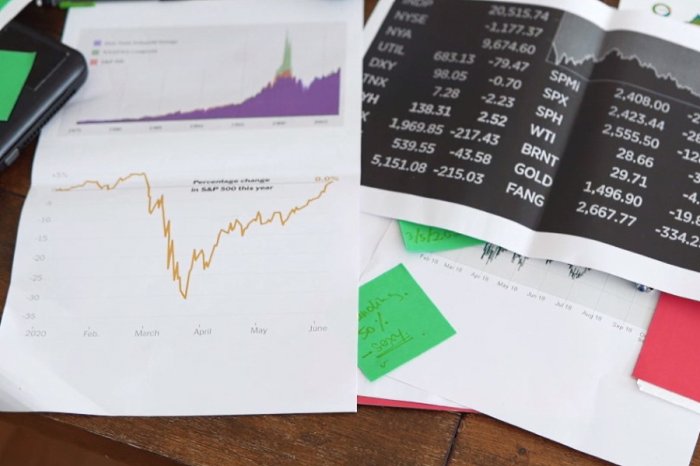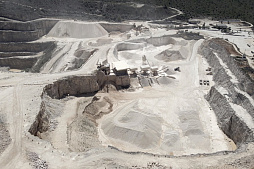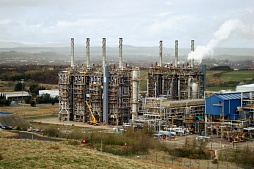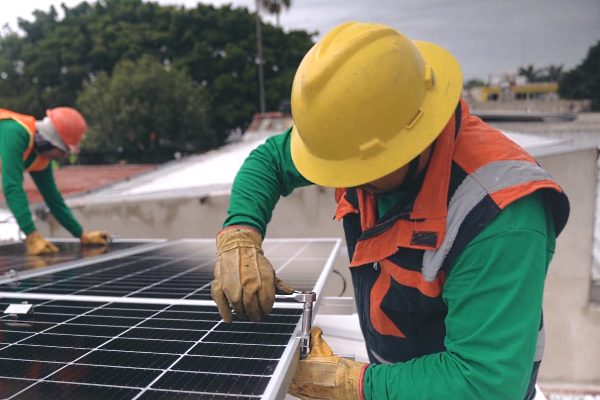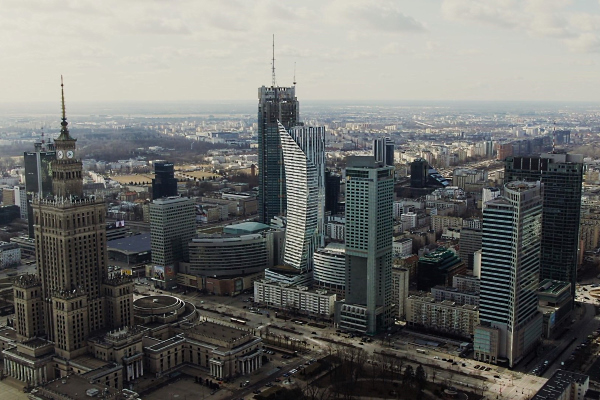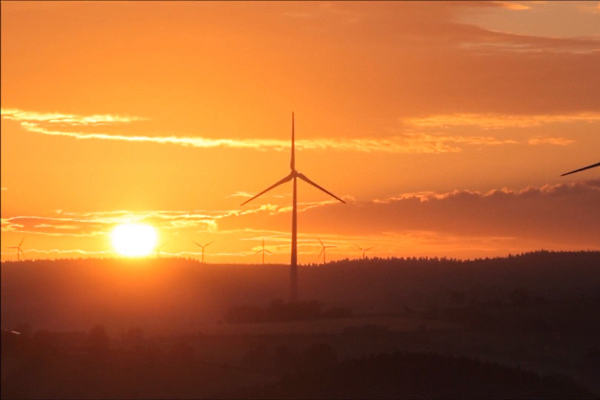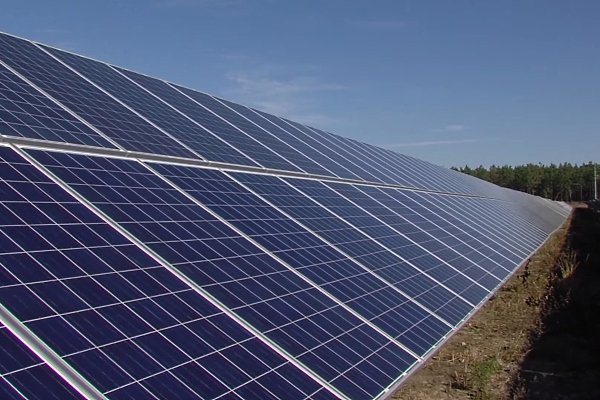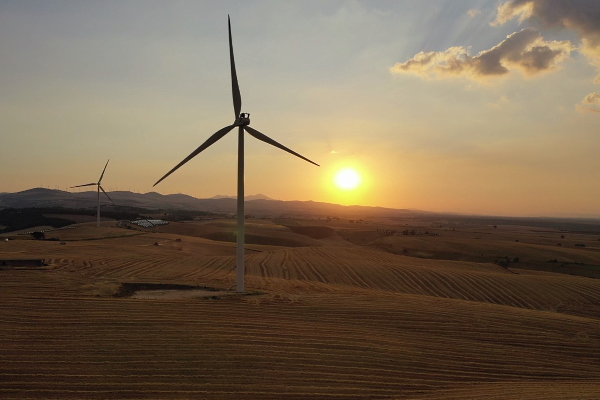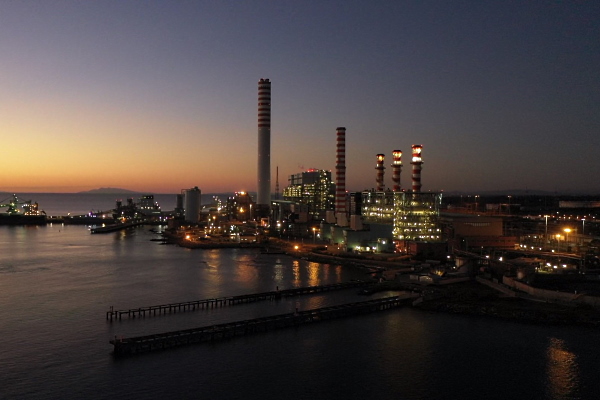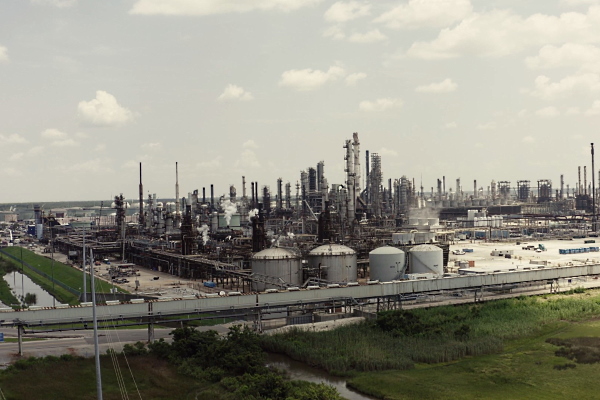To consider an application for financing, fill out the form and send it to us by e-mail along with the project brief, or contact our experts
This clearly runs counter to the climate targets set by the EU and many other governments.
Fossil fuel subsidies are widespread and it is hard to find a country that does not use them at all.
Of the figure mentioned above, 14% comes from direct subsidies and tax breaks, but 42% comes from not burdening producers with additional pollution, health and climate change costs.
If the price of fossil fuels reflected the full cost of CO2 emissions, their global consumption would fall by a third. This would significantly reduce the rate of global warming, and the number of deaths would decrease.
According to the IMF, fossil fuel prices are now no more than 50%, and in the case of coal, no more than 1% of their real value, taking into account environmental damage.
The B Team report highlights a broader range of environmentally harmful government subsidies in various sectors.
In addition to subsidies and tax incentives, these activities also include:
• Providing preferential loans from state-owned banks.
• Limitation of liability for damage to the environment.
• Overestimation of pollutant emission limits.
• Reducing the cost of public goods, etc.
The value of subsidies, understood in this way, exceeds $1.8 trillion per year, which means 2% of world GDP.
On the one hand, more and more is being spent on combating global warming, and on the other hand, the policies of a number of countries contribute to further environmental pollution.
This misguided government support primarily concerns the fuel sector ($640 billion), agriculture ($550 billion) and forestry ($155 billion), as well as water, construction and transport. Two-thirds of the subsidies come from China, the US, Russia, India and Japan. In turn, the highest levels of fossil fuel subsidies per capita today are observed in the Gulf countries, such as Saudi Arabia, Kuwait, Iran (about $800 per person), North African countries, as well as Venezuela and Australia.
Reasons for subsidizing fossil fuels
The persistence of subsidies in many countries is driven by social and political reasons that far outweigh climate ambitions.In India, these measures are helping to provide cheap gas, heating and transportation to several hundred million of India's poorest people, according to a World Economic Forum report. In Indonesia, fossil fuel subsidies have made a significant contribution to the country's large-scale electrification over the past 20 years.
In developed countries, subsidies can be driven by non-transparent market practices and lobbying by various business groups. The reasons may be very different. The truth is that few countries have been able to significantly reduce subsidies to fossil fuel producers.
This practice discourages investment in renewable energy, which is becoming more expensive than subsidized gas, oil or coal.
Today, the world spends twice as much on subsidizing fossil fuels ($450 billion) as it does on developing renewable energy sources ($170 billion), notes Allianz Research.
The level of subsidies in some countries, including the United States, is relatively low, but mainly because their prices do not take into account the environmental costs associated with the extraction and use of energy resources. Moreover, attempts to raise fuel prices end up in social unrest, such as the 2018 “yellow vest” protests in France or the protests in Ecuador a year later.
However, in underdeveloped countries such as Morocco, the Philippines or Ghana, fossil fuel subsidies have been replaced by direct financial support for economically disadvantaged groups.
Allianz Research forecasts indicate that the global cost of subsidies could more than halve by 2030, although these forecasts were prepared before the conflict in Ukraine and the spike in fuel prices.
This trend should be the result of at least several groups of factors:
• Active social support for renewable energy and its use is growing, which is associated with a rapid decline in prices. A study by the World Economic Forum shows that doubling the cost of renewable energy produced reduces its cost by one-third. This is slowly but steadily making RES cheaper than coal and oil.
• More and more countries are phasing out coal mining, which means they are no longer subsidizing it. For example, Germany and Spain closed their last hard coal mines at the end of 2018. The share of coal in electricity generation in OECD countries declined in favor of gas and renewables from 34% in 2010 to 19.2% in 2020
• Fossil fuel producers are increasingly bearing the cost of CO2 emissions. They will be able to maintain subsidies as long as the energy transition plan is in line with the targets set at the Paris climate conference. One of them is to limit global temperature rise to 1.5°C.
• Subsidies supported for social reasons are declining as their main beneficiaries are the largest contributors to greenhouse gas emissions and wealthy consumers. They consume more energy and therefore benefit much more from subsidies received by GHG emitters.
Today it is clear that subsidies should be replaced by direct instruments to support needy consumers, which will reduce budget spending and make the energy market more transparent.
A significant reduction in environmentally and economically harmful subsidies will allow funds to be directed to support communities, environmental programs and innovations, stop environmental degradation and biodiversity loss. These measures will also be a clear signal to investors and producers in terms of renewable energy financing.
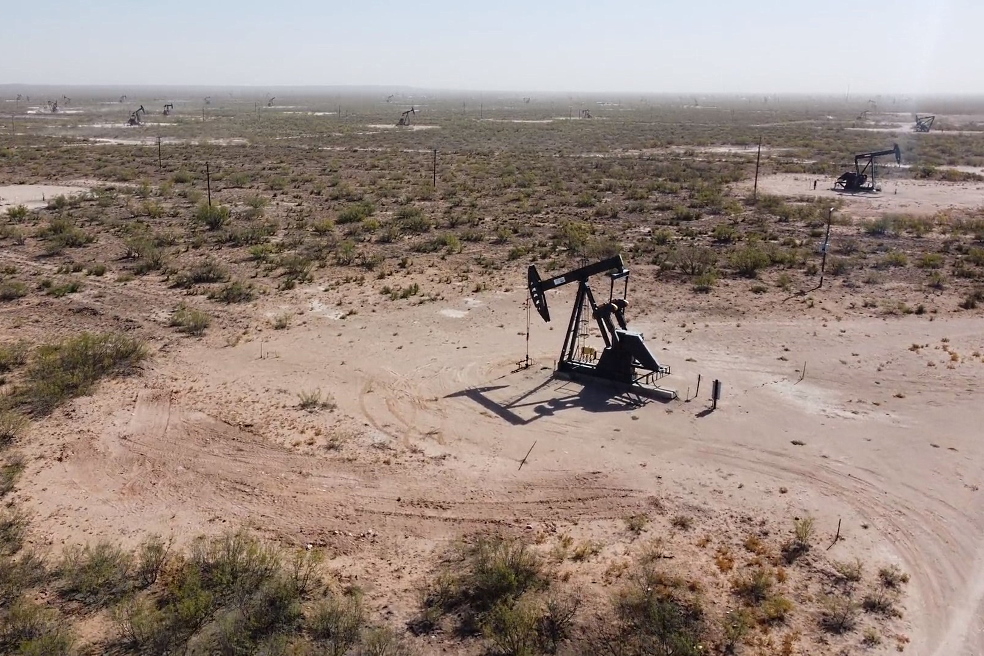
Limited progress in green transition
For many years, various international bodies and organizations have sought to reduce the level of fossil fuel subsidies.Unfortunately, these declarations are not enough for significant progress in the green transition, including because they were not enshrined in international law.
In 2010, at the UN Sustainable Development Summit, 190 countries pledged to eliminate or reduce biodiversity-damaging subsidies (Aichi Biodiversity Targets) by 2020. Few of these international commitments have been fulfilled. In 2009, the G20 countries accounted for almost 80% of global emissions, agreed to eliminate "ineffective" subsidies, and seven years later, the G7 agreed that this goal would be achieved by 2025.
However, there is no sign that it can be achieved.
At the UN Biodiversity Conference (CBD COP 15), two hundred countries adopted the so-called Kunming Declaration. Its goals included ending subsidies for investments harmful to biodiversity and providing developing countries with financial instruments to comply with the declaration's requirements.
The next summit on this issue should be held at the turn of April and May 2022.
Climate initiatives supporting the removal of subsidies are also being taken by major companies. Over 600 of them are members of the We Mean Business Coalition. Among them are Unilever, IKEA, Volvo and Siemens, who are calling on G20 leaders to end fossil fuel subsidies by 2025.
The countries of the European Union allocate 112 billion euros annually in subsidies that support the extraction and consumption of fossil fuels.
The main beneficiary is the transport sector, which receives an average of 44% of these subsidies, followed by industry with more than 13%.
Reducing these subsidies is one of the objectives of the European Green Deal, which will increase the cost of heating and transport using conventional fuels. This year, the European Commission announced a law to encourage members to report their progress on cutting subsidies or tax breaks.
Some countries are reluctant to accept such proposals, including France and Spain.
The Commission is also proposing a 30 billion euro fund to support households most vulnerable to rising energy prices.
This is actively opposed by the Nordic countries, which are the most advanced in reducing subsidies and reducing greenhouse gas emissions, as well as the Netherlands.
The current record high level of energy prices can become an additional argument for reducing subsidies and investments in fossil fuel projects, especially since this requires the unanimity and perseverance of the world's leading countries.
However, there is an increasing need to move away from fossil fuels and towards a more sustainable economy.





